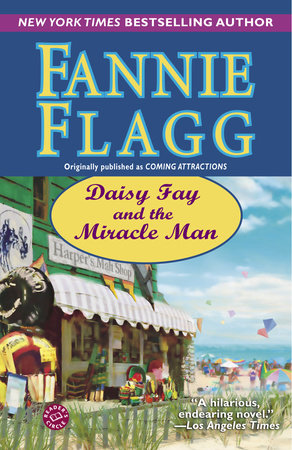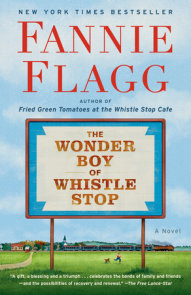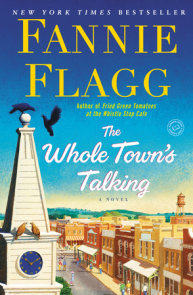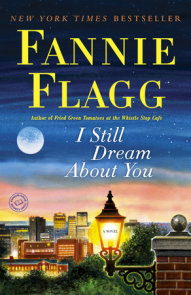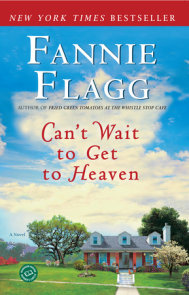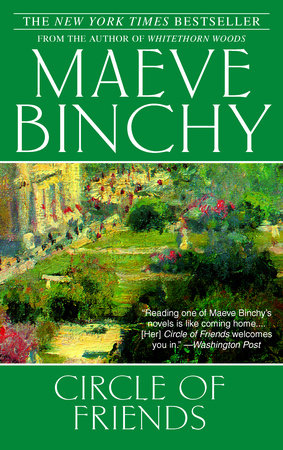

Add to Bookshelf
Daisy Fay and the Miracle Man
By Fannie Flagg
By Fannie Flagg
By Fannie Flagg
By Fannie Flagg
Best Seller
Category: Women's Fiction
Category: Women's Fiction

Paperback
$17.00
Sep 13, 2005 | ISBN 9780345485601
-
$17.00
Sep 13, 2005 | ISBN 9780345485601
-
May 25, 2011 | ISBN 9780307790941
YOU MAY ALSO LIKE
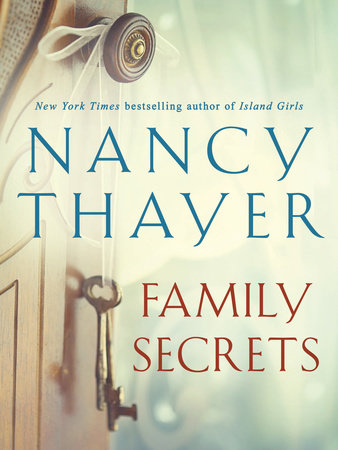
Family Secrets
Ebook
$13.99
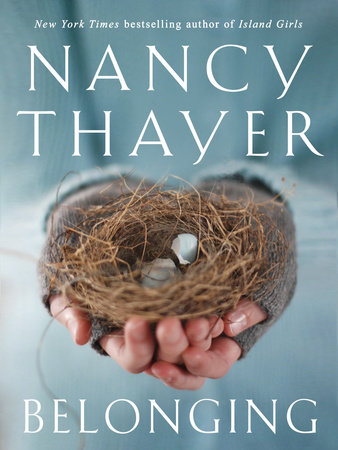
Belonging
Ebook
$13.99
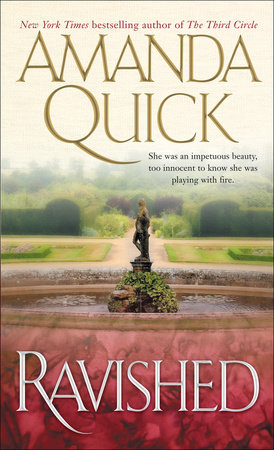
Ravished
Paperback
$8.99
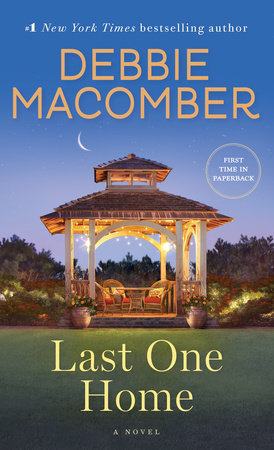
Last One Home
Paperback
$8.99
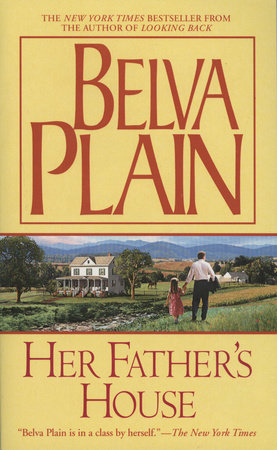
Her Father’s House
Ebook
$14.99
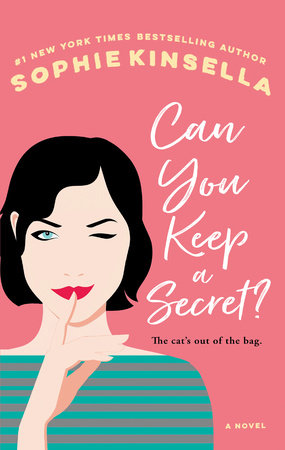
Can You Keep a Secret?
Paperback
$18.00
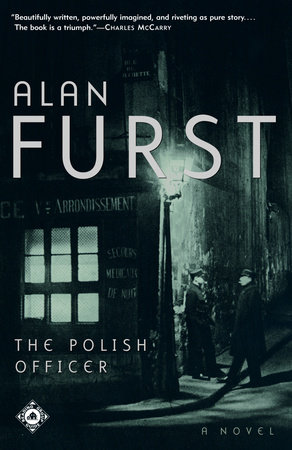
The Polish Officer
Paperback
$17.00
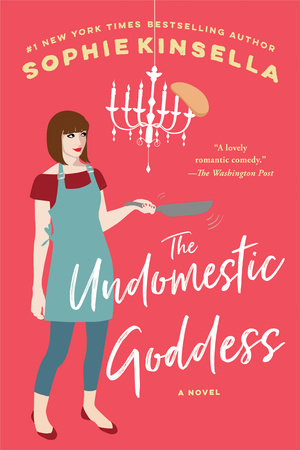
The Undomestic Goddess
Paperback
$18.00
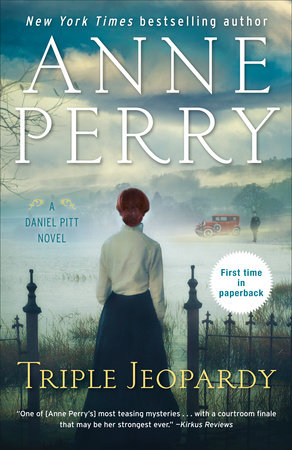
Triple Jeopardy
Paperback
$18.00
Praise
“A hilarious, endearing novel.”—Los Angeles Times
“Sheer unbeatable entertainment.”—Cosmopolitan
“Unforgettable and irresistible.”—Chattanooga Free Press
“Side-splittingly funny.”—Cleveland Plain Dealer
Looking for More Great Reads?
21 Books You’ve Been Meaning to Read
21 Books You’ve Been Meaning to Read
×
Become a Member
Just for joining you’ll get personalized recommendations on your dashboard daily and features only for members.
Find Out More Join Now Sign In








